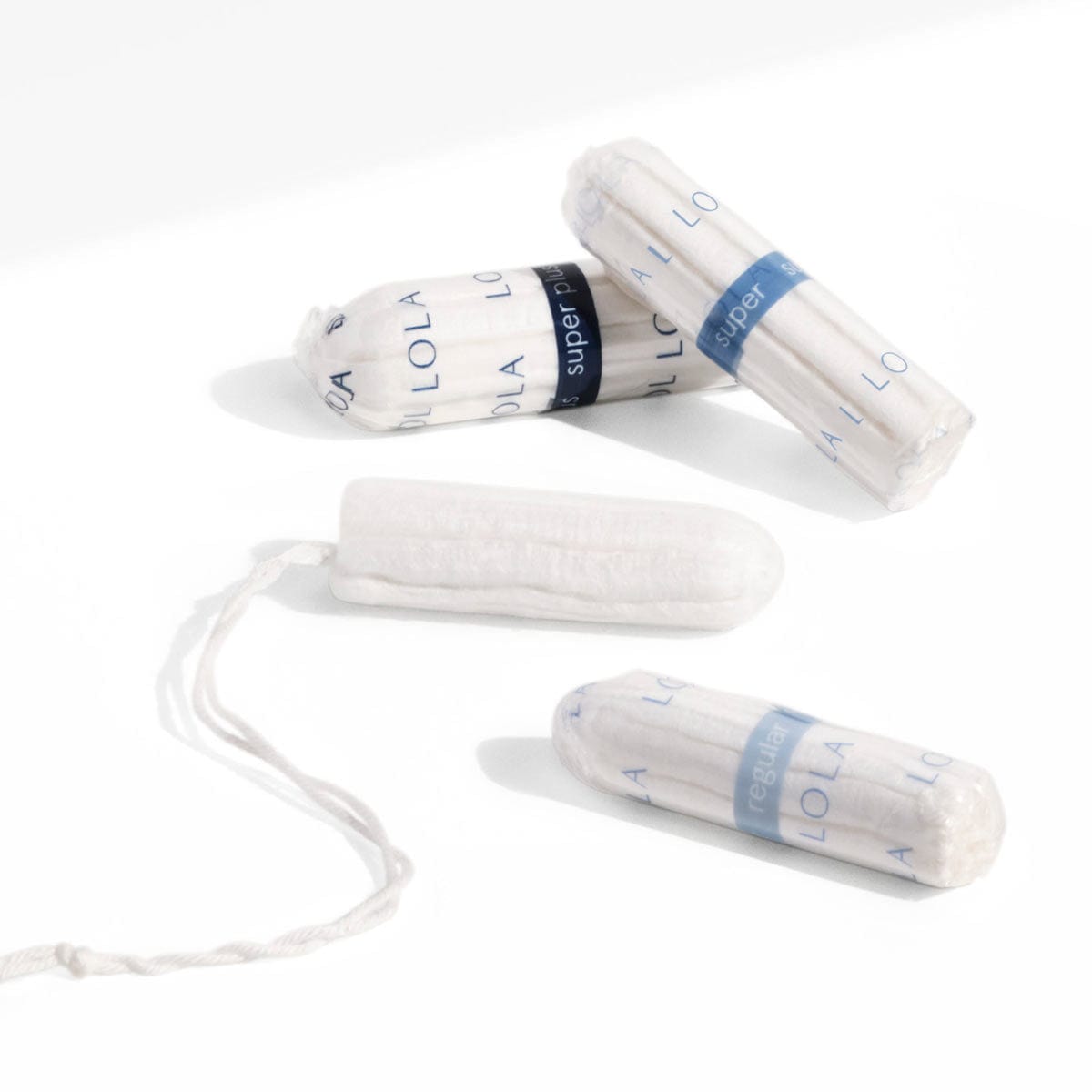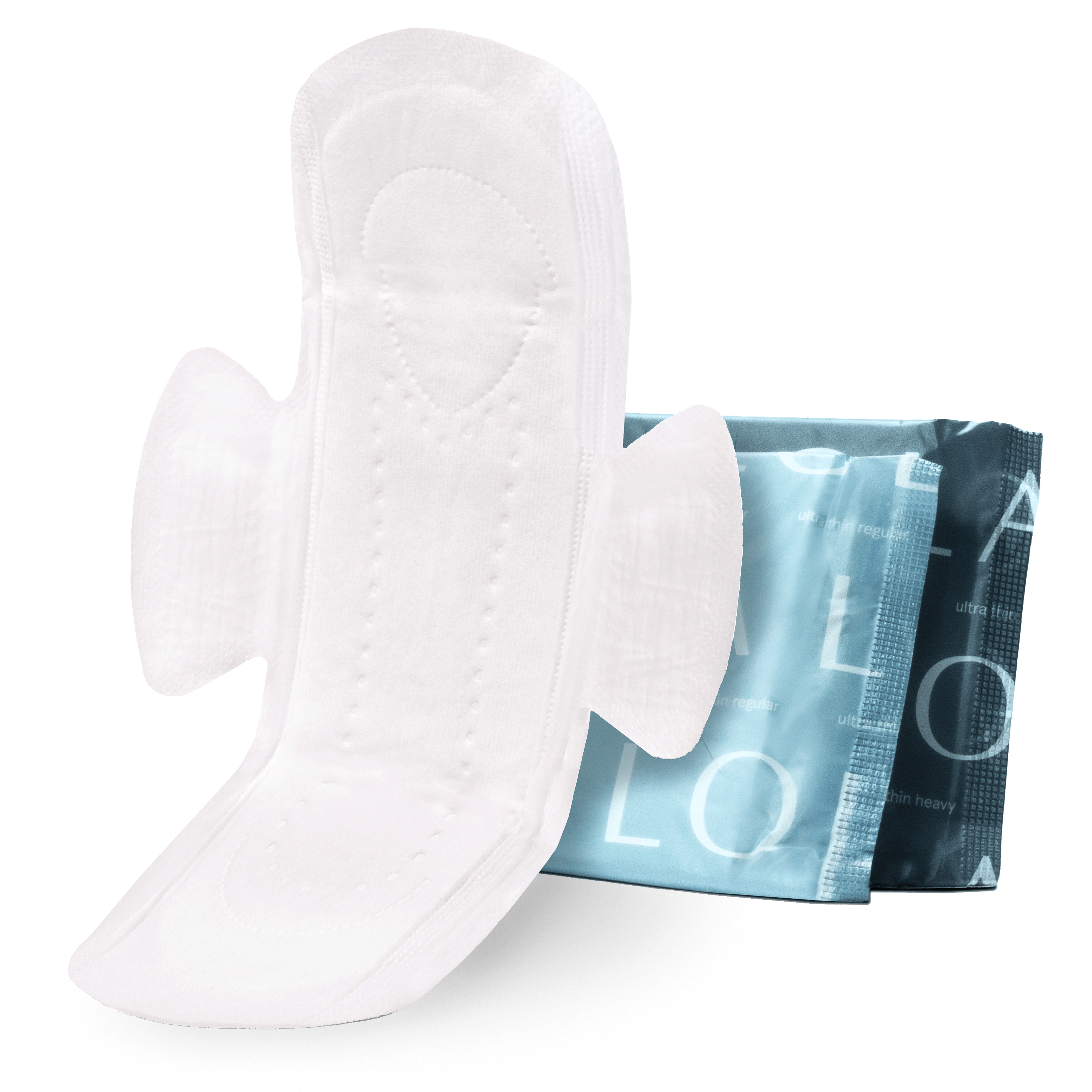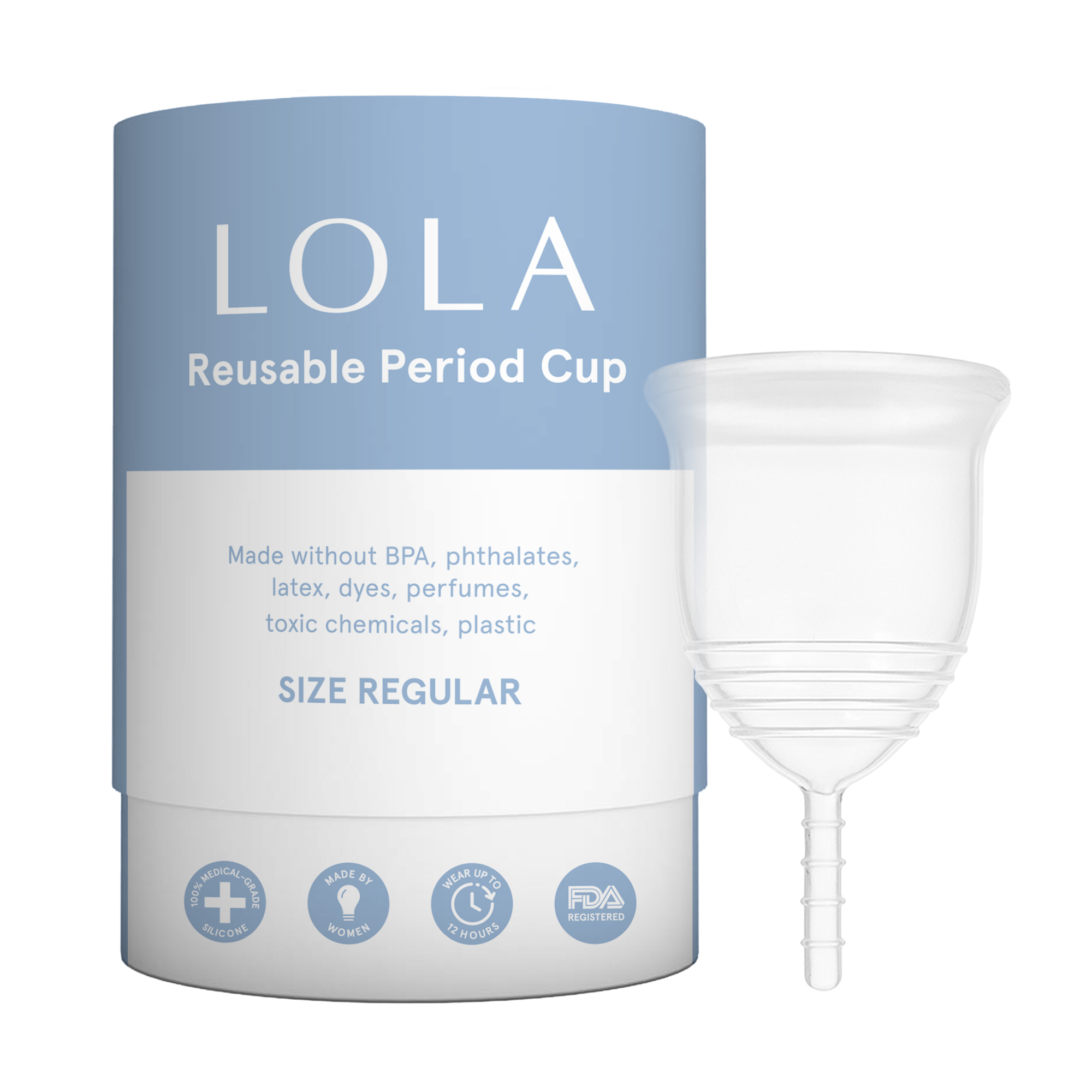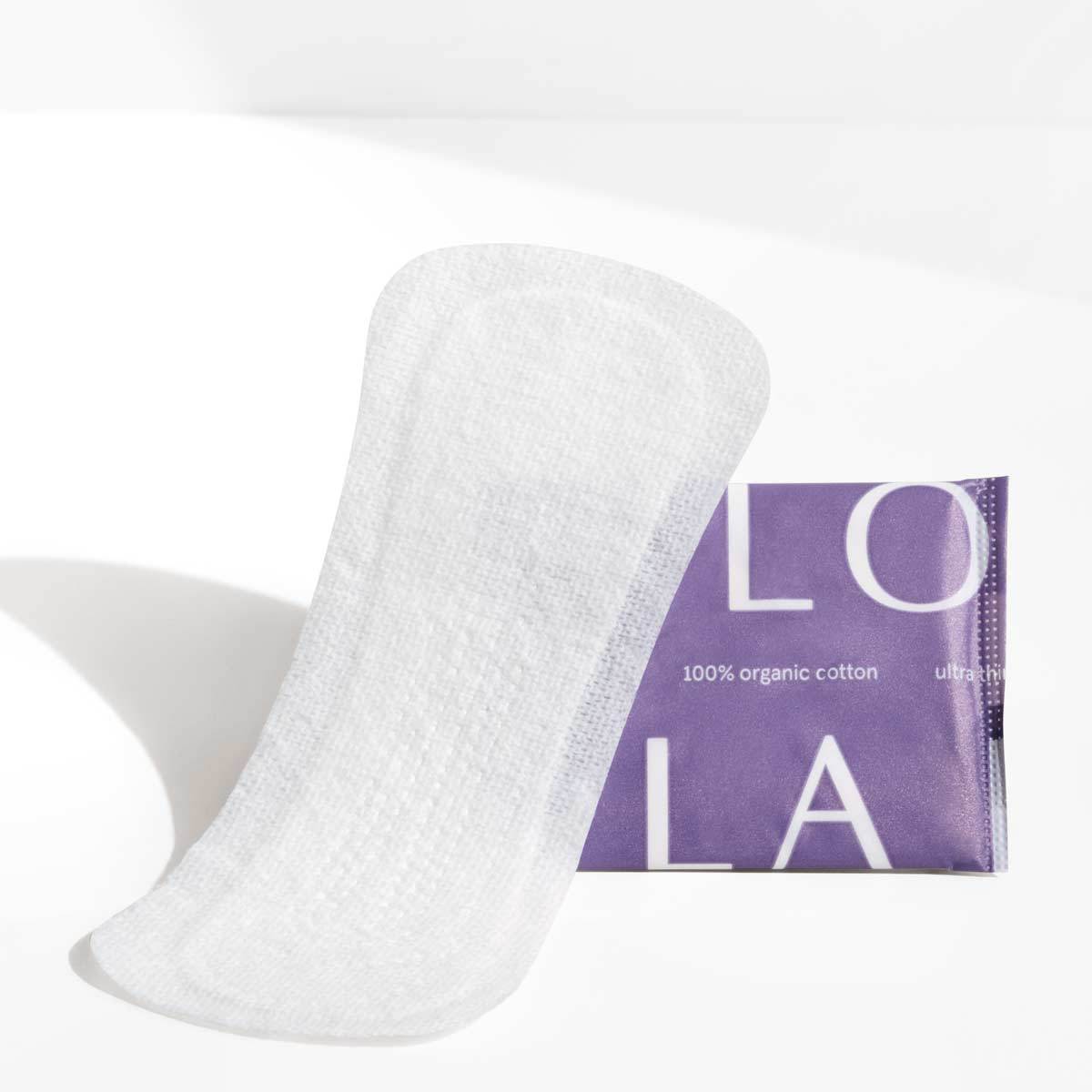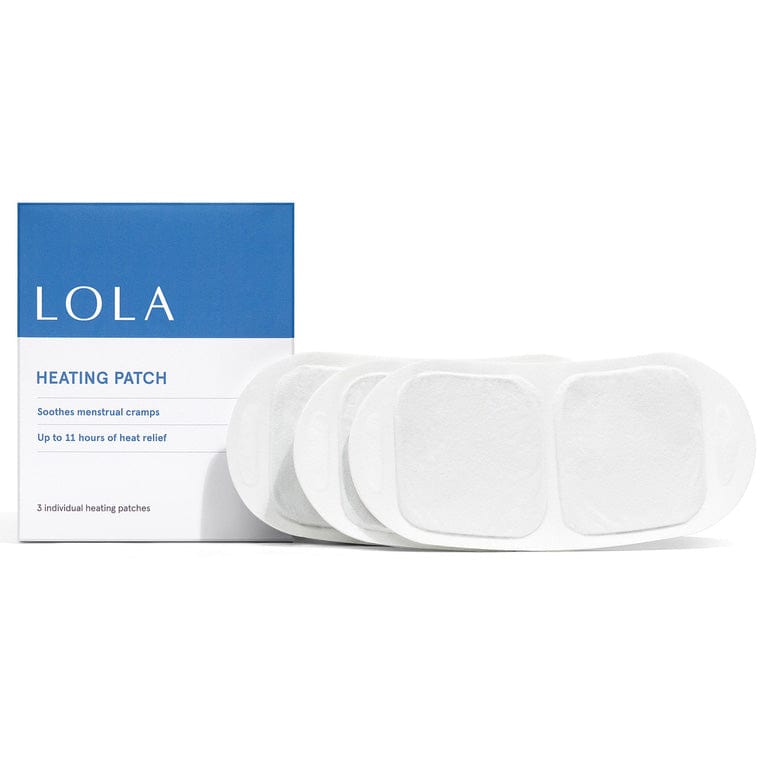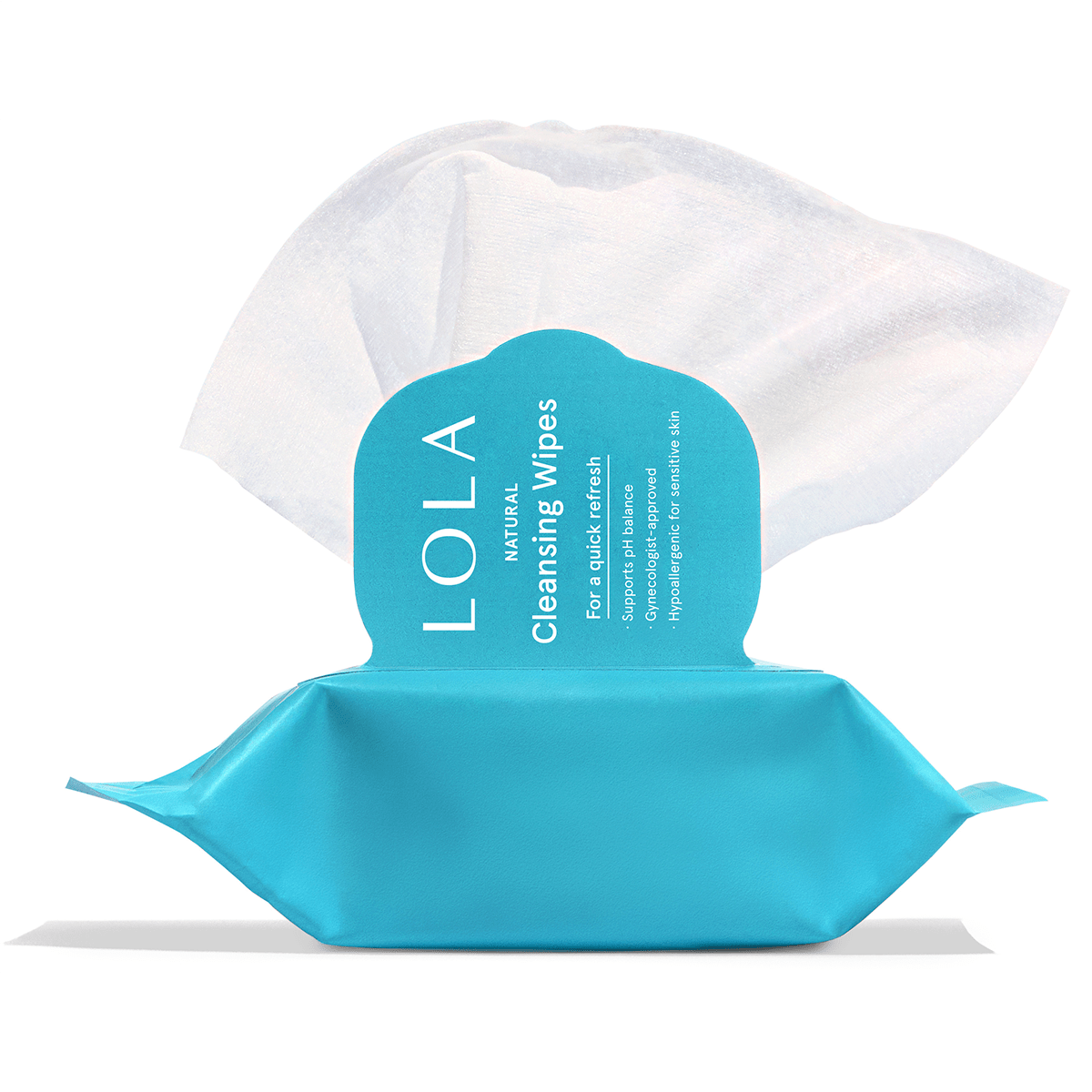We've talked about the importance of keeping an eye on your vaginal discharge because it offers insight into your reproductive health. Similarly, getting familiar with your vagina, along with your discharge and breasts, not only helps you understand what looks and feels normal, but can also help you identify what doesn't look and feel normal. This makes the vaginal self-exam a powerful tool.
According to experts at Michigan Medicine, "A vaginal self-examination may help you better understand your body, the changes that take place during the menstrual cycle, and any problems that may need medical attention."
So, ready to get up close and personal with your vagina? Here's what to do:
Prepping For an Exam
The best time to do a vaginal self-examination is between your menstrual periods. Many tutorials (like this one and this one) recommended grabbing a mirror so you can see the reflection of your vagina. Make sure to select a private location with good lighting. Pillows or soft props to support your back will also come in handy.
Getting Set Up
Take off your clothes from the waist down. (Hopefully this is a no-brainer.)
Wipe down the mirror with a disinfectant spray or cloth so that no harmful bacteria makes its way into your genital area, and wash your hands.
Making sure the mirror is within reach, take a seat on the couch, bed, or floor and support your back with pillows.
Bend your knees so the soles of your feet are flat on the floor. Then, put them as close to your bottom as possible.
Lean back and spread your knees. Your genital area should now be exposed.
Performing the Exam
Hold the mirror in front of your genitals. You'll see the outer and inner labia, clitoris, opening of the urethra, and opening of the vagina.
Observe these areas and touch them with your finger. Pay attention to their appearance, texture, and sensitivity.
Use your fingers to spread open the inner labia. The inner walls of the vagina have ridges on the surface. These folds are known as "rugae." Generally, the only time the vaginal canal is relatively smooth in texture is before puberty and after menopause.
Observe the discharge inside your vagina. You can stick a finger inside to take a sample. The texture changes depending on where you are in your cycle, so roll and stretch it between your thumb and forefinger to assess the consistency. (Yep, you can smell it too.)
If you experience any discomfort or pain during the exam, stop immediately. This could be a sign of an infection or open sore, which you'll want a doctor to check out.
What to Look Out For
Sores or growths, like warts on the vulva (the external genitalia, which includes the labia and clitoris) or vagina (the internal canal), could be signs of a sexually transmitted disease. If you notice these symptoms, make an appointment with a doctor. (Here's a guide to the lumps and bumps you may encounter during your self-exam, and what's normal and not-so-normal.)
Red or inflamed vulvar skin may indicate irritation from feminine products, tight workout clothes, laundry detergent, abrasive activities like cycling, or sexual activity. Discontinue use of any products that might be causing you irritation, or take a break from specific activities to see if things start to feel better after a few days. If not, give your doctor a call.
Discharge that's an unusual color or smell may be a sign of a bacterial, yeast, or sexually transmitted infection. If you notice a cottage-cheese-like texture, this can be a sign of a yeast infection.
Yeast infections can be self-treated with over the counter medications, but STIs and bacterial infections, like bacterial vaginosis, require a professional diagnosis and prescription. Don't worry; STIs are common, and many are treatable with professional guidance and medication. It's important to seek medical support ASAP so symptoms don't worsen.
Speaking of the Pros
While we're all about spending more face time with your vagina, it's important to keep in mind that a self-exam should not replace one administered by a gynecologist or women's health practitioner. Only clinicians can determine the detailed health of your vagina. For example, diagnosing sexually transmitted infections or bacterial vaginosis, plus your Pap smear screening requires analyzing vaginal cells, which can only be done by a specialist in a doctor's office or lab.
That being said, we still suggest getting familiar with your own anatomy between appointments. Doing this over time will help you notice if something (a smell, sore, or bump) is out of the ordinary. Based on your understanding of your body, you'll know exactly when to make an appointment with a medical expert.



